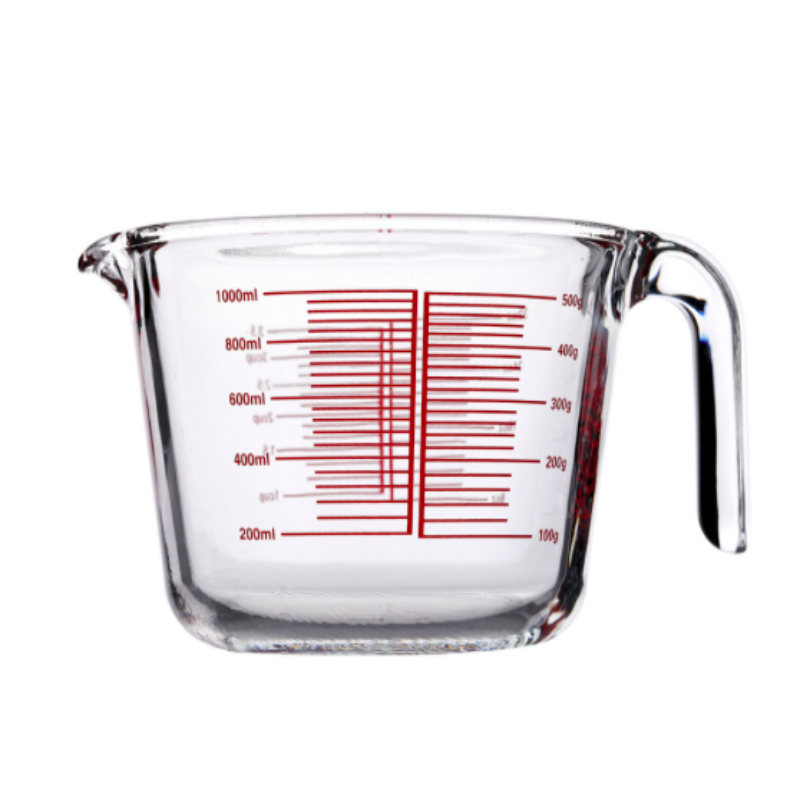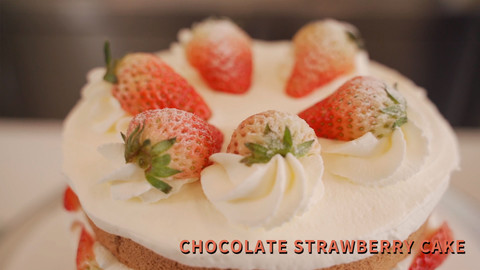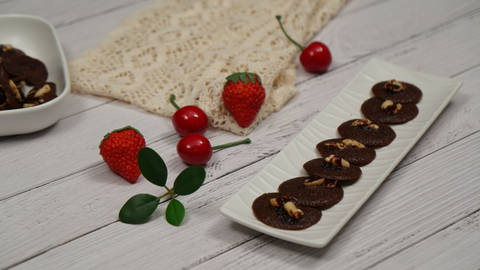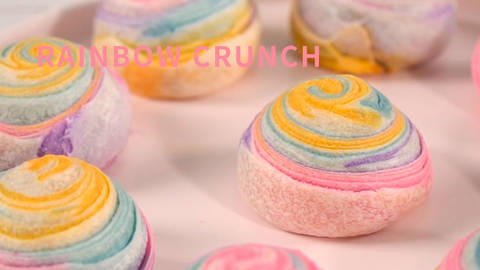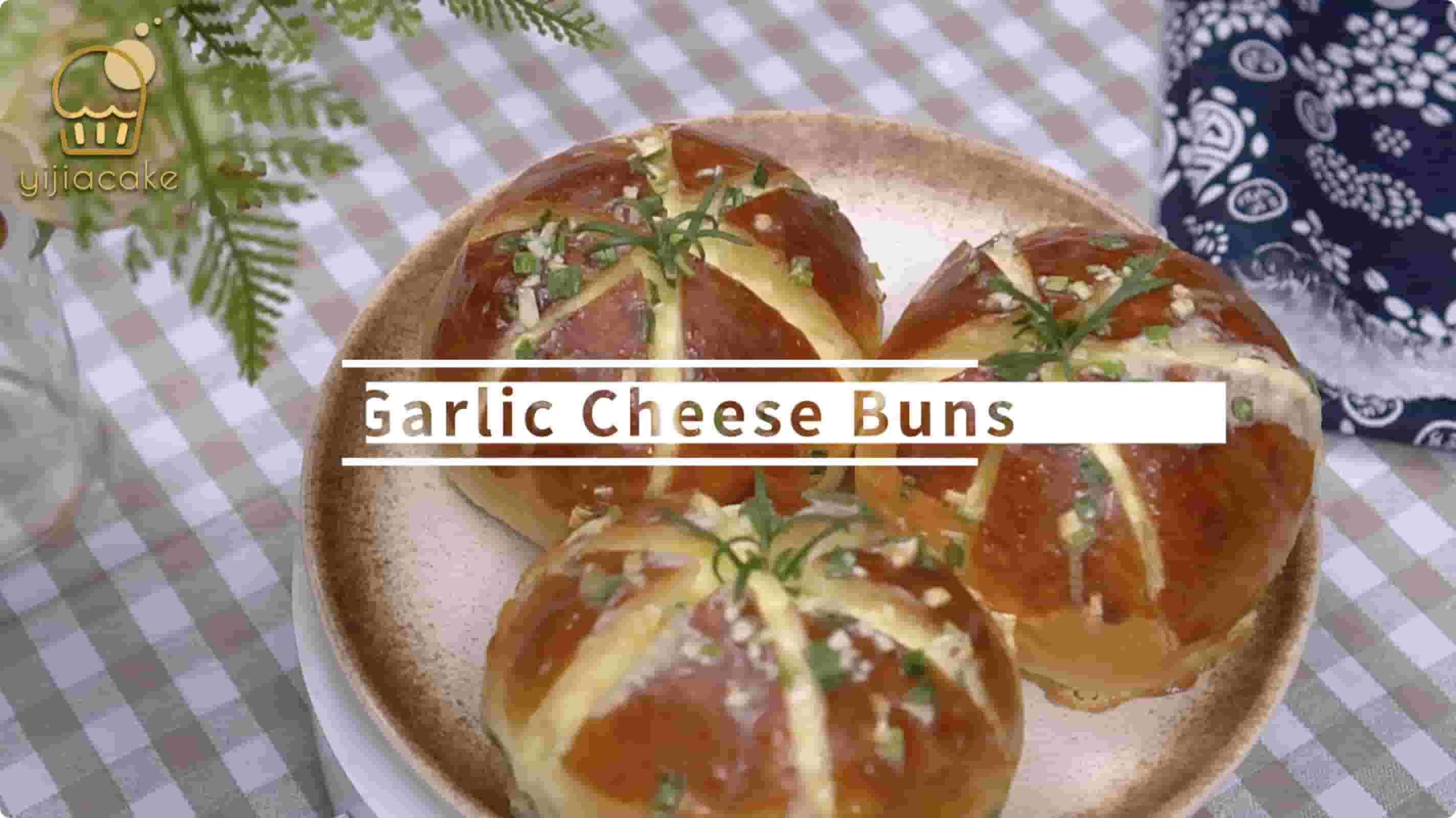Puff pastry is a common dough used in baking and is loved for its crunchy texture and rich layers. In this article, we will introduce the practice and techniques of puff pastry for baking in detail to help you easily master the key techniques of this gourmet food production.
I. Material Preparation
To make puff pastry, you need to prepare the following materials:
Medium gluten flour: used to make dough and provide gluten support.
Salt: to add texture and flavor to the dough.
Fine sugar: to add sweetness to the dough.
Egg: provides protein and adds elasticity and stretch to the dough.
Cold Butter: Used to make the shortcrust pastry, making it more crispy.
Ice water: to regulate the temperature of the dough and prevent it from overheating.

II. Production Steps
Mix the ingredients: Mix the flour, salt and granulated sugar well, add the egg and ice water, mix well.
Knead the dough: Place the dough on the work surface and knead with hands until the dough is smooth and not sticky.
Wrap the butter: Roll out the cold butter into a thin sheet and wrap the dough around the butter, rolling and folding repeatedly until the dough and butter are well combined.
Chill and relax: Place the dough in the refrigerator for 30 minutes to make the dough more elastic.
Rolling out the puff pastry: Roll out the relaxed dough into a thin sheet and cut it into desired shapes using a mold or cutter.
Bake the puff pastry: Place the puff pastry in the preheated oven and bake at the right temperature and time until the top is golden and crispy.
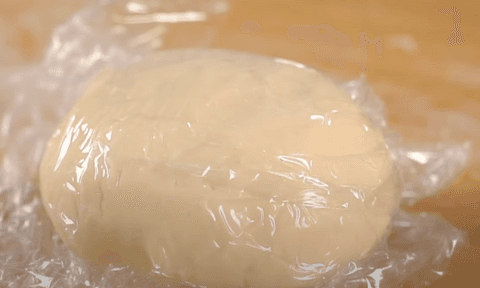
III. Tips Sharing
Knead the dough evenly to avoid over-kneading and breaking the gluten.
When wrapping the butter, make sure the dough is completely wrapped with butter to avoid oil leakage, which may affect the texture of the pastry.
Refrigerate the puff pastry for a sufficient period of time to allow the dough to fully relax and increase the elasticity and extensibility of the pastry.
Roll out the puff pastry with even pressure to avoid breaking or thinning the layers.
When baking puff pastry, adjust the temperature and time according to the characteristics of the oven and the size of the puff pastry to ensure that the puff pastry is evenly heated and not burnt.

IV. Precautions
Pay attention to hygiene during the production process to avoid contamination of the ingredients.
The finished puff pastry should be sealed and stored to avoid moisture affecting the taste.
According to personal taste, you can adjust the amount of materials, such as increasing the amount of sugar or reducing the amount of salt.

In short, the production of baking puff pastry requires the mastery of certain skills and precautions. With proper preparation of ingredients, preparation steps and sharing of tips, you can easily make delicious and savory puff pastry treats. Whether as a dessert or a main dish, puff pastry can add a unique charm to your table.

